
Delayed sleep phase syndrome is also known as delayed sleep phase disorder or delayed sleep phase type. It is a circadian rhythm sleeping disorder characterized by an individuals delayed the internal body clock. Persons suffering from delayed sleep phase syndrome will typically go to bed later in the night, often in pre-dawn hours, and wake up in late morning or in the afternoon.
People suffering from delayed sleep phase disorder are usually called “night owls”. These people frequently report that they cannot sleep until the late night hours, or the early morning, but they seem to fall asleep about the same time every night. Their cycle of sleep seems to be natural, just like in normal sleep pattern of any other individual, but delayed to some extent. These individuals can sleep well and have a normal need for sleep, and there is nothing abnormal about the delayed sleep phase pattern, until it comes in conflict with one’s daily routine.
Dangers of delayed sleep-phase syndrome
If a person is allowed to follow their inner sleep pattern, they usually have no troubles with either falling asleep or waking up naturally. However, people with delayed sleep phase syndrome are often constrained to shift their schedule to a different time. When this happens, patients will find it very difficult to wake up in time for a school or work. Their sleep pattern will be severely disturbed as they do not sleep deeply and are not awaken spontaneously. Delayed sleep phase syndrome may cause difficulties in thinking clearly, driving safely and functioning well. Sleep deprivation, resulting from an attempt to wake up on time while still going to bed late, may severely interfere with one’s life and become seriously disabling. This may further lead to greater social pressure, depression resulting from inability to cope with the stress, and other related problems.
What causes delayed sleep patter syndrome?
It is estimated that about 0.15% of adults suffer from delayed sleep phase syndrome. As much as 7% of all teenagers are affected with this disorder. People with family history of such a disorder may be three times more likely to develop it at some point in life. This disorder affects both males and females and usually starts in adolescence, but it isn’t unusual to develop later in adulthood.
Environmental conditions may also affect the development of delayed sleep pattern syndrome. Conditions such as lack of morning sunlight exposure or an overexposure to bright sunlight, may interfere with natural production of melatonin, and result in delayed sleep phase pattern.



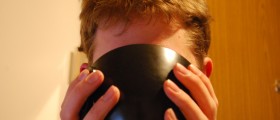
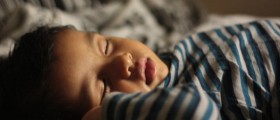

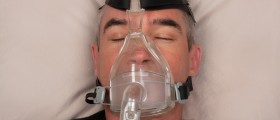




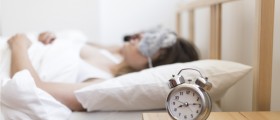



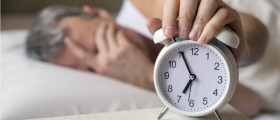

Your thoughts on this
Loading...